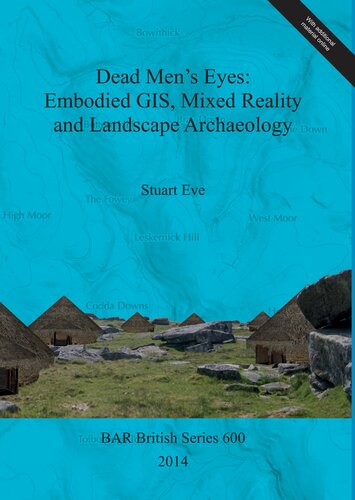

Most ebook files are in PDF format, so you can easily read them using various software such as Foxit Reader or directly on the Google Chrome browser.
Some ebook files are released by publishers in other formats such as .awz, .mobi, .epub, .fb2, etc. You may need to install specific software to read these formats on mobile/PC, such as Calibre.
Please read the tutorial at this link: https://ebookbell.com/faq
We offer FREE conversion to the popular formats you request; however, this may take some time. Therefore, right after payment, please email us, and we will try to provide the service as quickly as possible.
For some exceptional file formats or broken links (if any), please refrain from opening any disputes. Instead, email us first, and we will try to assist within a maximum of 6 hours.
EbookBell Team

0.0
0 reviewsThis book provides an exciting foray into the use of emerging Mixed Reality techniques for examining and analysing archaeological landscapes. Mixed Reality provides an opportunity to merge the real world with virtual elements of relevance to the past, including 3D models, soundscapes, smellscapes and other immersive data. By using Mixed Reality, the results of sophisticated desk-based GIS analyses can be experienced directly within the field and combined with body-centered phenomenological analysis to create an embodied GIS. The book explores the potential of this methodology by applying it in the Bronze Age landscape of Leskernick Hill, Bodmin Moor, UK. Since Leskernick Hill has (famously) already been the subject of intensive phenomenological investigation, it is possible to compare the insights gained from 'traditional' landscape phenomenology with those obtained from the use of Mixed Reality, and effectively combine quantitative GIS analysis and phenomenological fieldwork into one embodied experience. This mixing of approaches leads to the production of a new innovative method which not only provides new interpretations of the settlement on Leskernick Hill but also suggests avenues for the future of archaeological landscape research more generally. The book will be of interest to anyone studying or working in the fields of landscape archaeology, digital techniques in archaeology, archaeological theory or GIS.